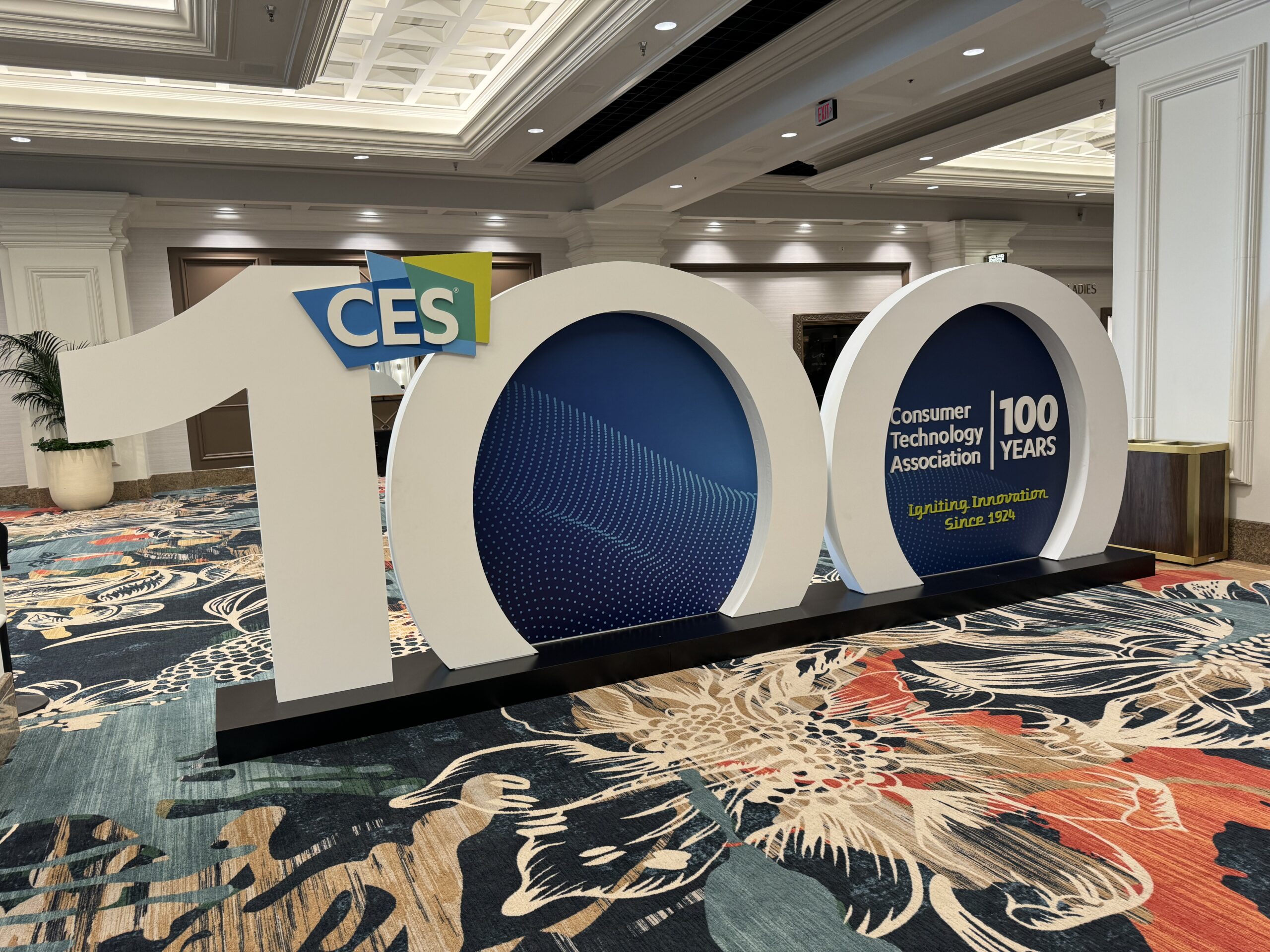We take a break from our regularly scheduled edition of The Recap to bring you a summary of all the best and weirdest things I saw at CES 2024.
CES 2024 is one of the largest tech conferences in the world, and after a few quiet years rebounding from the pandemic, it came roaring back this January. We got the usual splashy announcements from the likes of Samsung and LG. But a dark horse for one of the most impressive demonstrations at the show was actually a new application of ATSC 3.0, also known as NextGen TV, which has me pretty excited about over-the-air television again.
As always, there was a lot going on in the world of cord cutting CES. But that’s why The Recap exists, to catch you up on the biggest stories and why you should care about them.
Here’s what you need to know from this past week.
Best of Show
The NextGen TV booth at CES showed off a few interactive features on live, over-the-air television, like the ability to pause, rewind or start a program over again. But a more in-depth demo hosted by music streaming startup ROXi offered an even better glimpse of the future of ATSC 3.0.

The demo showed the ability to also pause and rewind a music video. But it also let you surf through multiple alternate channels on boxes that rose up from the bottom of the screen, like a YouTube video. Better yet, if you skip a music video, it’ll serve up not the same video as everyone else, but one personalized for your TV.
ROXi used a bit of trickery and a sly switch from broadcast TV to what is essentially a far more powerful TV app, but to the user, it’s completely seamless. All of a sudden, you’re getting the full interactive app experience – seemingly on over-the-air TV.
Flashiest Product
The unveiling of LG’s OLED T was masterful. The lights of the stage dimmed, with only a tight focus on the center. A black film rose and on popped the first commercially available transparent OLED TV.

See it up close, and it’s even more impressive. It’s one of the coolest looking products at the show, and hopefully more people get to see it in person.
While there’s no price, LG has only said it would cost less than its rollable television, which retailed for $100,000.
So this probably isn’t joining many people’s holiday wish lists.
Biggest Comeback
LG’s Korean rival Samsung wasn’t going to be left behind. The company surprised the audience at its press conference with the return of Ballie, a revamped version of a globe-shaped home robot it first introduced in 2020 – and seemingly forgot about.
It turns out, Samsung was just tweaking Ballie to become a more effective robot companion, and not just some sort of robot vacuum or guard dog.

The bowling ball-sized robot comes built in with a projector to stream shows on the walls, and can count your reps when you exercise. It’s hoping you’ll form a familial attachment to the adorably shaped bot, and was one of several robot companions unveiled at the show.
You’ll be able to buy Ballie this year.
Best Attempt to Steal Apple’s Thunder
XREAL is a startup making augmented reality glasses. Its latest version, the XREAL Air 2 Ultra, adds 3D sensors allowing it to track your hands and recognize movement like your hand gestures.
I tried a pair on, and it’s like seeing a massive virtual display. But the cool part was a demo they created where you use your hands to move some wooden pieces around on the table, that triggered the glasses to switch from the film Life of Pi to a video game menu and a screen showing the weather.

The idea is that you can move your hands without any controllers, and the glasses are smart enough to understand it. The glasses cost $699, which sounds expensive until you remember that Apple’s Vision Pro headset will start at $3,499.
Weirdest Use of AI
Flappie offered one of the oddest, if not most adorable demos at the show. It’s a smart cat flap, which lets your cat come in and out of the house.
Only Flappie is smart enough to recognize your cat, and can even detect whether the cat is in pain. It will also keep the door shut if the cat decides it wants to bring home a souvenir, like a dead mouse.

Of course, Flappie uses artificial intelligence to determine whether that flap should be open or shut. Because everything at CES has to use AI.
If you’re asking why it doesn’t work with dogs, it’s because the company is based in Switzerland, where cat owners outnumber dog owners three to one.
Don’t worry, you’re regular edition of The Recap will resume next week.
Image Credit: Roger Cheng/Cord Cutters News

